Warmer weather often means more outdoor adventures with your favorite four-legged companion. Many pet owners enjoy summer hiking and camping trips and more time in the backyard garden, but you can easily become distracted when you are outside with your pet. Curious canines may want to investigate your favorite birdbath or may wander off in the park to chase a duck into the local pond. Many pet owners and their pets may be tempted to jump into a cool pond or take a sip from an inviting stream after an active day outside. However, standing, fresh, or brackish water can be dangerous and may contain deadly bacteria. Algae poisoning is a devastating illness in pets, and our Animal Emergency Care team wants to ensure you recognize the warning signs of dangerous water. We discuss poisoning signs, treatment, and prevention.
What is algae poisoning in pets?
Algae poisoning is a potentially fatal infection from exposure to microscopic cyanobacteria, which can occur where blue-green algae accumulates such as freshwater lakes, streams, ponds, backyard fountains, bird baths, garden pots, and brackish water ecosystems, or anywhere stagnant water is present. Poisoning mostly occurs in the warmer months when the algal blooms increase and remain alive longer. Some blue-green algae may not contain toxic bacteria, but water safety can be determined only with testing. Potentially dangerous water may have a bluish-green or reddish-brown hue over the water’s surface or water may appear the color of pea soup. There are more than 30 species of toxic cyanobacteria and ingestion can lead to liver, kidney, skin, or nervous system problems.
Algae poisoning signs in pets
Clinical signs of algae poisoning are variable and depend on the amount and type of bacteria ingested. Poisoning signs may occur from 15 to 30 minutes after ingestion and only a few ounces can be fatal. Death can occur after a few minutes or a few weeks following exposure. Signs may include:
- Vomiting
- Bloody or dark, tarry diarrhea
- Pale, blue, or yellow gums
- Yellowing of the skin
- Muscle tremors
- Disorientation
- Lethargy
- Excessive salivation or watering eyes
- Difficulty breathing
- Seizures
- Coma
- Greenish stains around the mouth, nose, legs, or paws
- Sudden death
Algae poisoning diagnosis and treatment in pets
Bring your pet for immediate veterinary care if they have algae poisoning signs or if they have been exposed to blue-green algae. Your veterinarian may recommend a complete blood count, electrolyte test, and serum biochemistry test to rule out any concurrent medical problems. Algae poisoning has no antidote, but immediate decontamination and supportive care will give your pet the best chance of survival. Treatment may include:
- Inducing vomiting to prevent further absorption of bacteria-containing algae
- Activated charcoal for toxin absorption
- Gastric lavage to pump your pet’s stomach and remove infected algae
- Intravenous fluids to prevent dehydration and electrolyte imbalances
- Liver protecting medications
- Anti-nausea medication
- Gastroprotectant medications
- Muscle relaxants
- Plasma or blood transfusions
- Anti-seizure medications
- Oxygen therapy
Financial options for your pet’s algae poisoning treatment
Pets undergoing algae poisoning treatment may require an extended hospital stay, and recovery can take weeks to months. Many pets who survive will have long-term liver damage and other complications requiring regular veterinary check-ups, which can be expensive. Pet health insurance like Trupanion will ensure you can cover the costs for your pet’s emergency and long-term care for an accidental poisoning. Trupanion can pay your veterinary clinic directly which eliminates the need to submit paperwork and wait for reimbursements. Other alternative payment options include:
- Care Credit
- Scratch Pay
- Pet health savings accounts
- Short-term loans
Algae poisoning prevention in pets
An algae poisoning diagnosis can be devastating for pet owners because many pets will not survive. Do not allow pets to drink or swim in water that appears green or brown, is discolored, or has scum on the surface. Keep your pet secure and closely monitor them when they are near any freshwater streams, lakes, or ponds to prevent an accidental ingestion of infected water.
Also, ensure you remove any standing water from your outdoor plants, bird feeders, or fish ponds, and fence off any backyard ponds or streams.
Algae poisoning can be fatal to pets but prompt veterinary care will increase their survival chances. If you observe your pet drinking water that contains blue-green algae or if they are showing algae poisoning signs immediately bring them to Animal Emergency Care or call your family veterinarian. #AECprevents
Sources:
https://www.merckvetmanual.com/toxicology/algal-poisoning/overview-of-algal-poisoning


